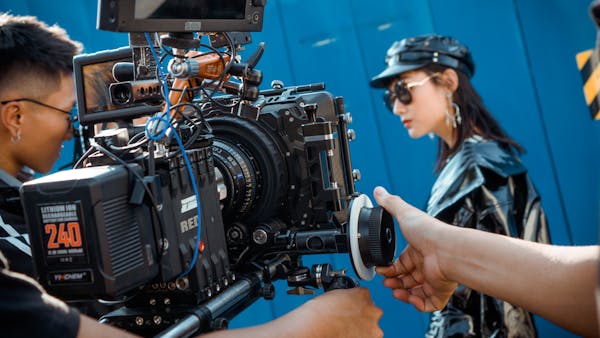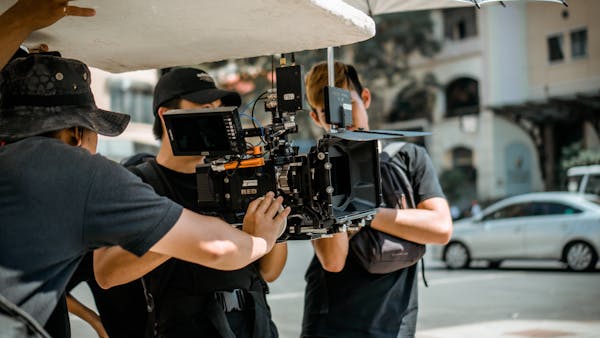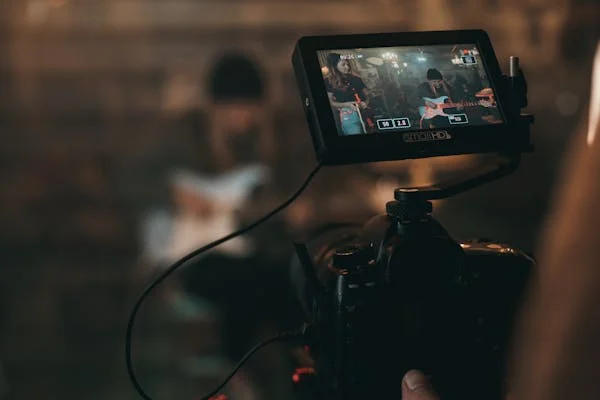Introduction:
In the world of cinema, costume design is a form of storytelling in itself. From the elaborate gowns of period dramas to the iconic superhero suits of action blockbusters, costumes play a vital role in bringing characters to life and immersing audiences in the worlds they inhabit. In this exploration, we’ll unravel the artistry behind costume design and how it contributes to creating unforgettable movie looks.
The Language of Costume:
Costumes serve as a visual language that communicates important information about a character, their personality, and their journey. From color choices and fabric textures to style and silhouette, every element of a costume is carefully considered to convey subtle nuances and deeper meanings. Whether it’s a hero’s transformational journey or a villain’s sinister allure, costumes play a crucial role in shaping audience perceptions and emotions.

Historical Accuracy and World-Building:
Costume designers meticulously research historical periods, cultural traditions, and social norms to ensure authenticity and accuracy in their designs. By immersing themselves in the world of the film, they create costumes that not only reflect the time and place in which the story is set but also enhance the overall atmosphere and ambiance. Whether it’s the opulent regalia of a royal court or the rugged attire of a post-apocalyptic wasteland, costumes help to transport audiences to immersive and believable worlds.
Character Development and Arcs:
Costumes are integral to the process of character development and arcs, reflecting the evolution and growth of characters over the course of a film. From humble beginnings to triumphant transformations, costumes can visually convey the changes and challenges that characters experience throughout their journey. Whether it’s a subtle change in wardrobe or a dramatic costume reveal, these visual cues help to deepen audience engagement and emotional resonance.
Iconic Looks and Cultural Impact:
Some movie costumes become iconic symbols that transcend the screen, leaving a lasting impact on popular culture. Whether it’s Marilyn Monroe’s white dress from “The Seven Year Itch” or Audrey Hepburn’s little black dress from “Breakfast at Tiffany’s,” these iconic looks continue to inspire fashion trends and influence style decades after their debut. Costume designers have the power to create cultural touchstones that resonate with audiences long after the credits roll.

Collaboration and Creativity:
Costume design is a collaborative process that involves close collaboration between costume designers, directors, actors, and other key creatives. From initial concept sketches to final fittings, costume designers work closely with the rest of the production team to ensure that costumes align with the overall vision of the film and serve the needs of the story. This collaborative spirit fosters creativity and innovation, resulting in memorable movie looks that captivate audiences and stand the test of time.
Conclusion:
Costume design is a vital component of the filmmaking process, weaving together artistry, storytelling, and cultural relevance to create unforgettable movie looks. From historical accuracy and character development to iconic symbolism and collaborative creativity, costumes play a crucial role in bringing cinematic worlds to life and immersing audiences in the stories they tell. So the next time you watch a movie, take a moment to appreciate the artistry and craftsmanship behind the costumes, and consider the role they play in shaping the characters and narratives you love.

